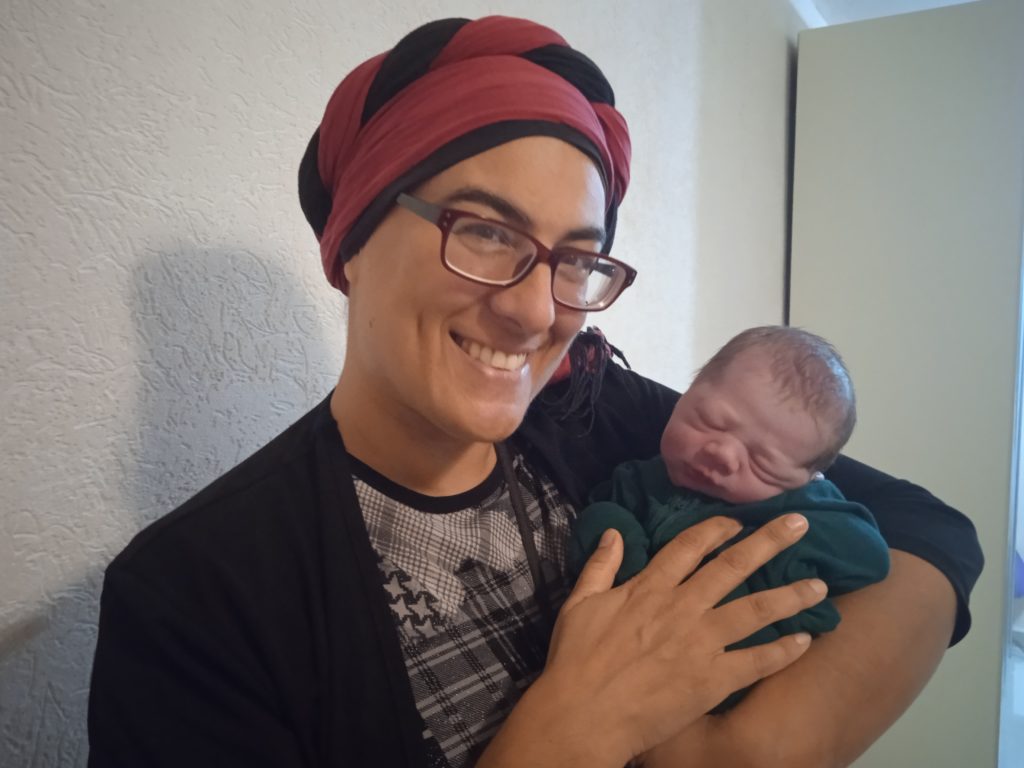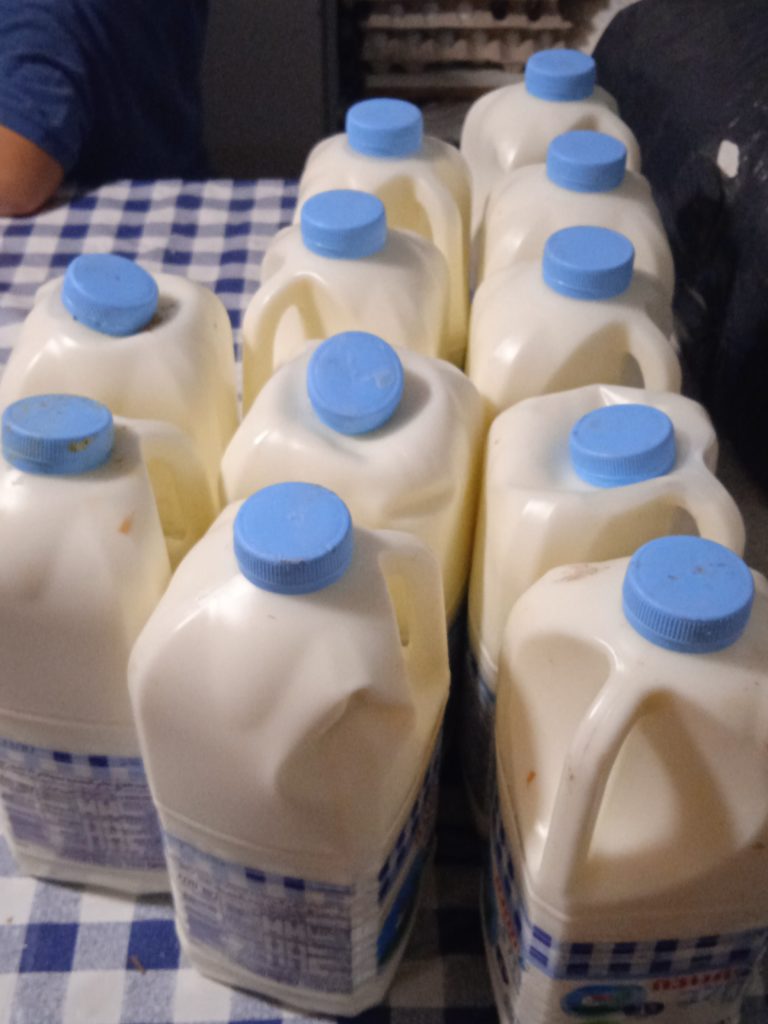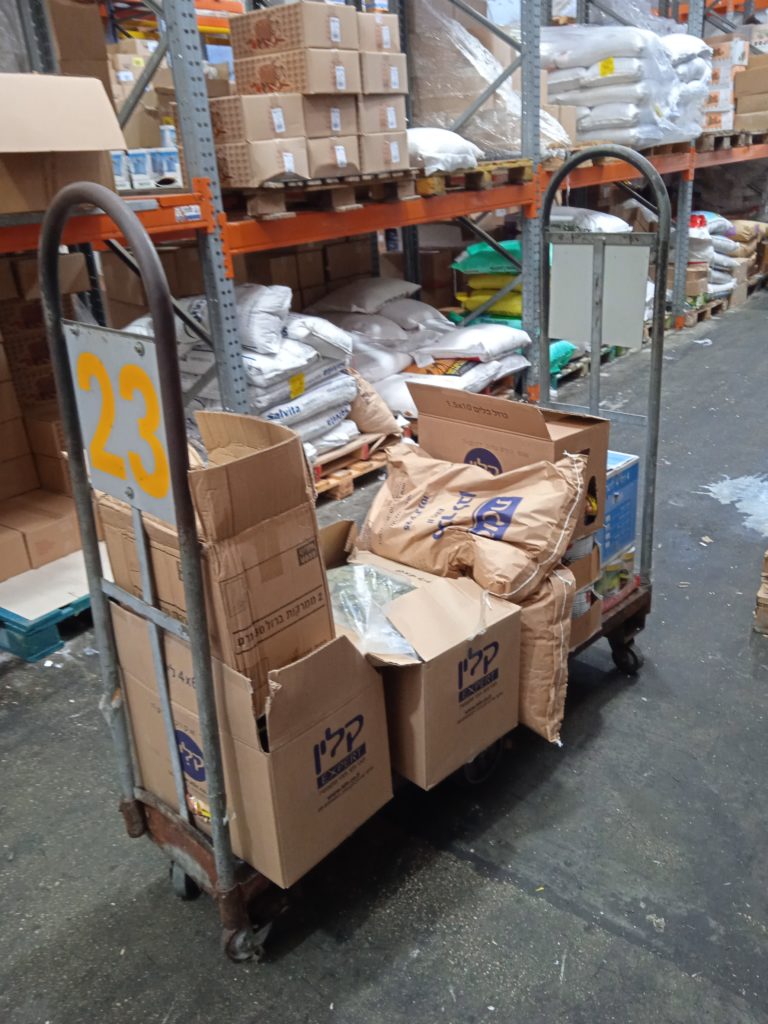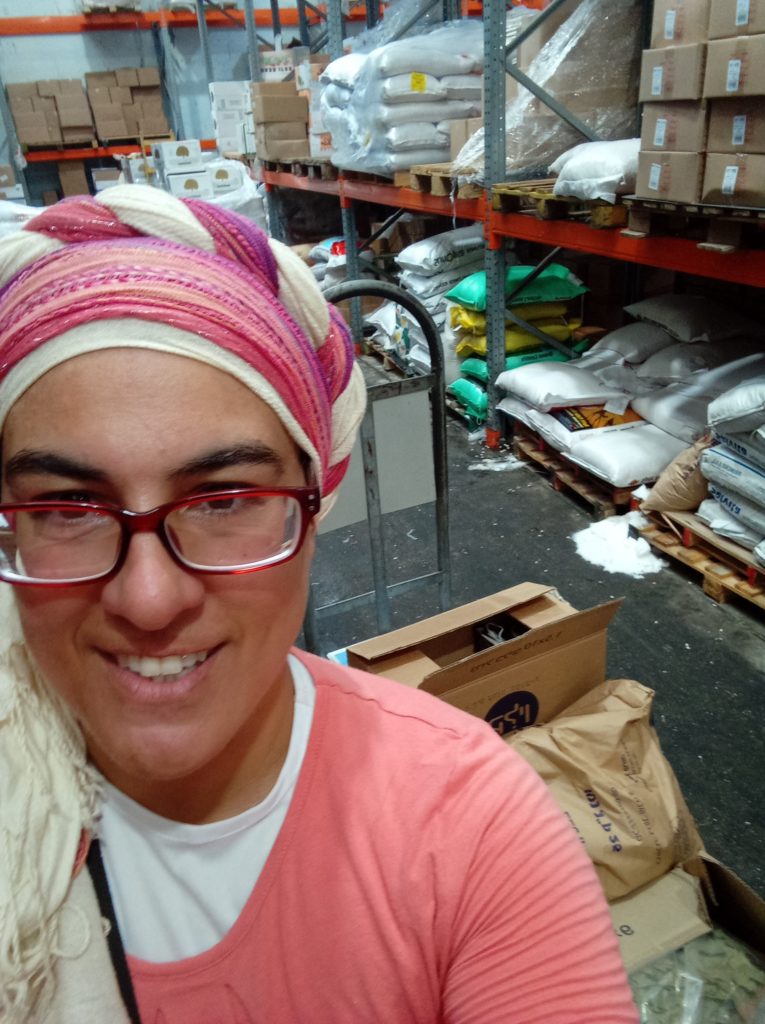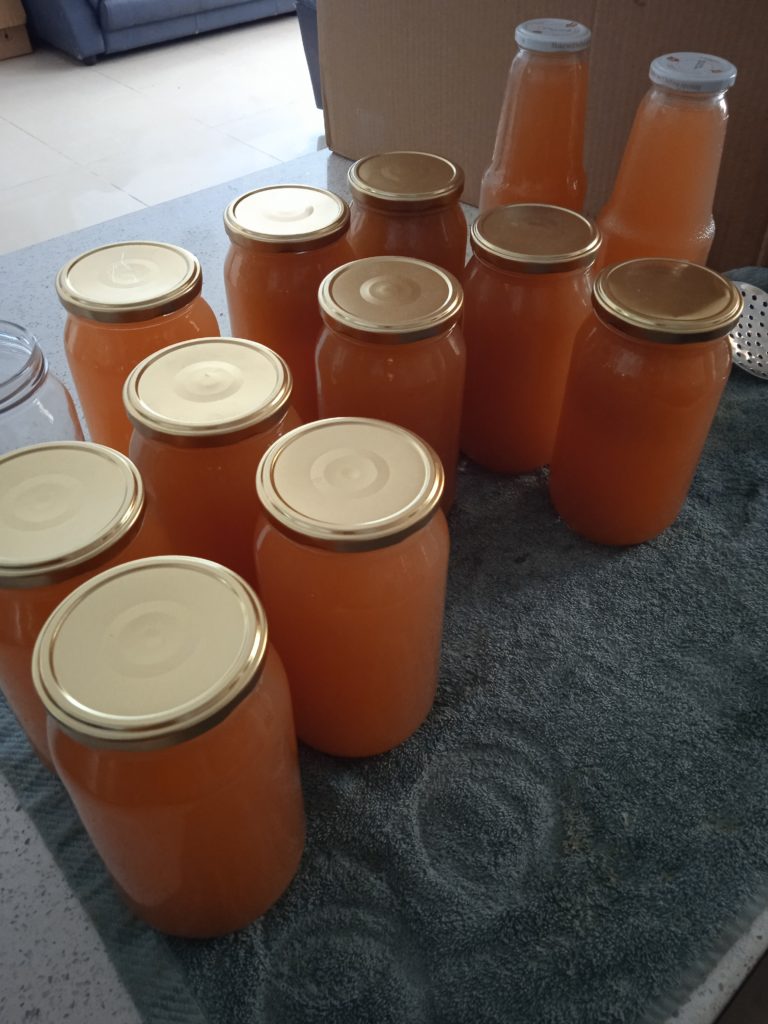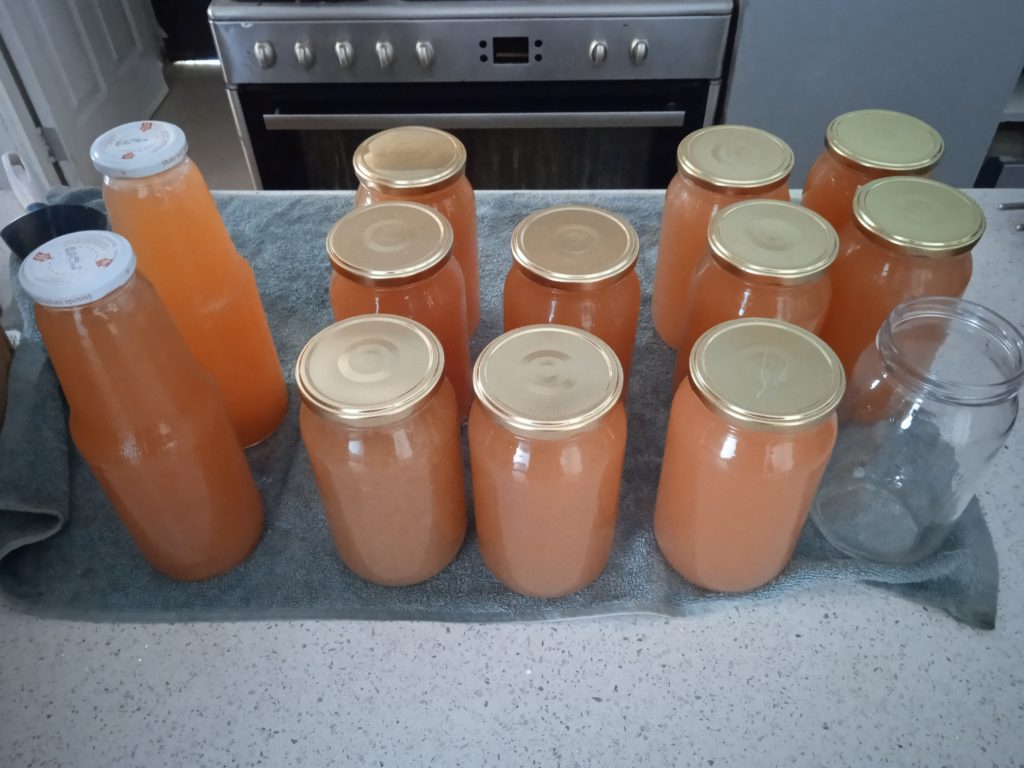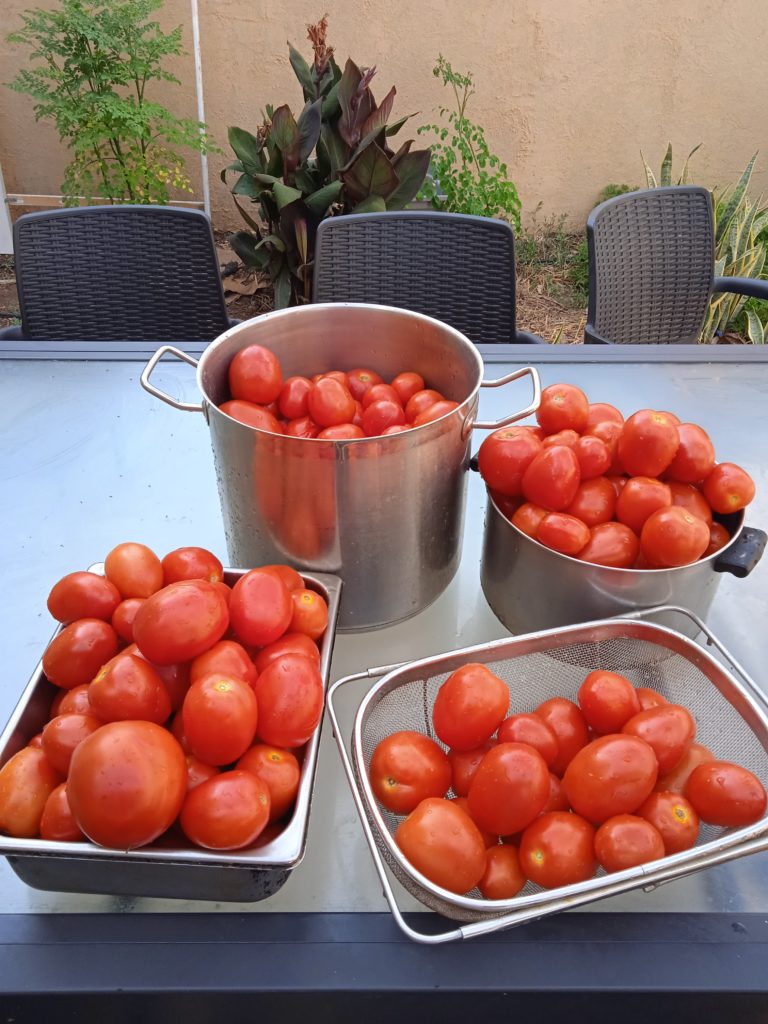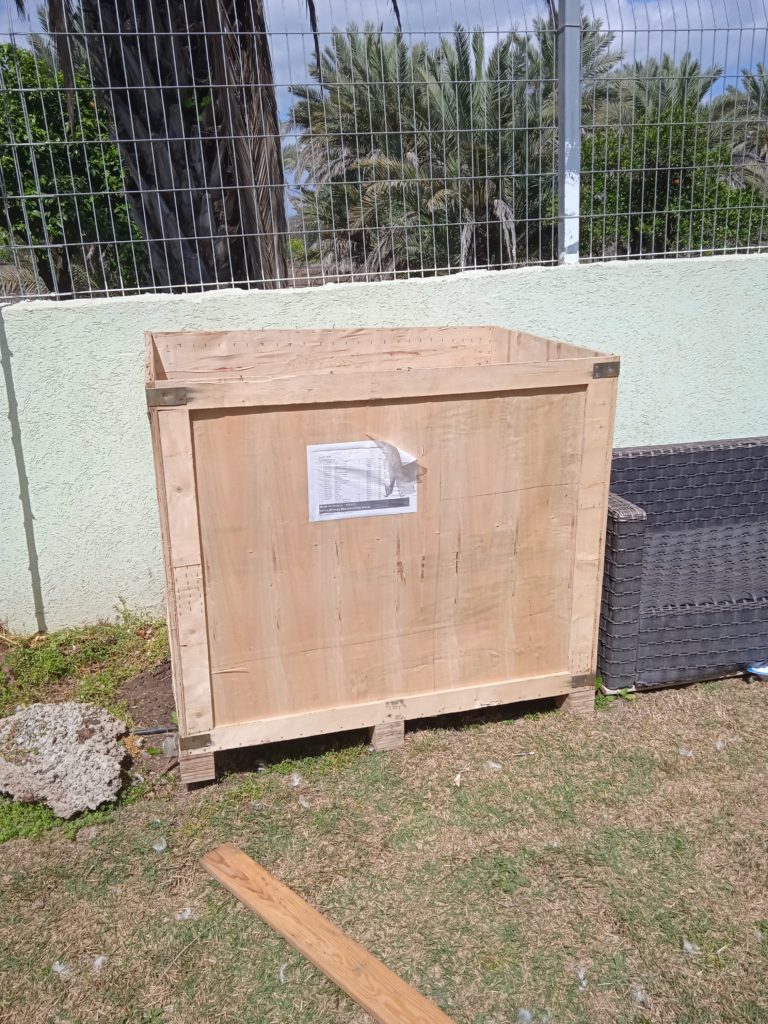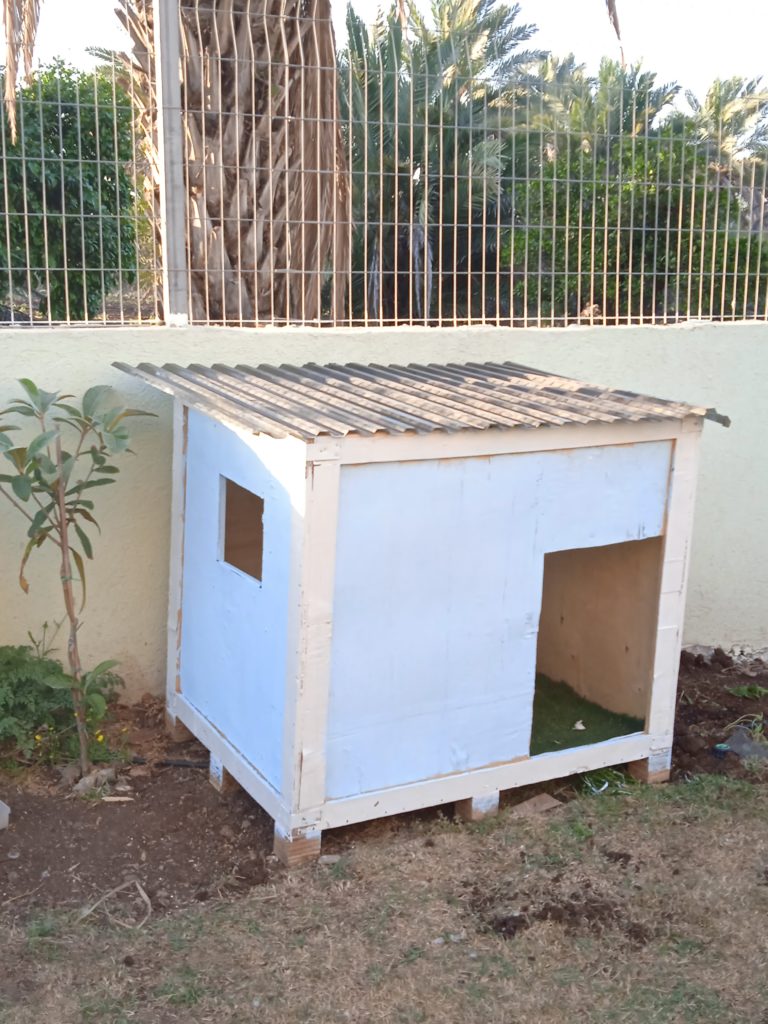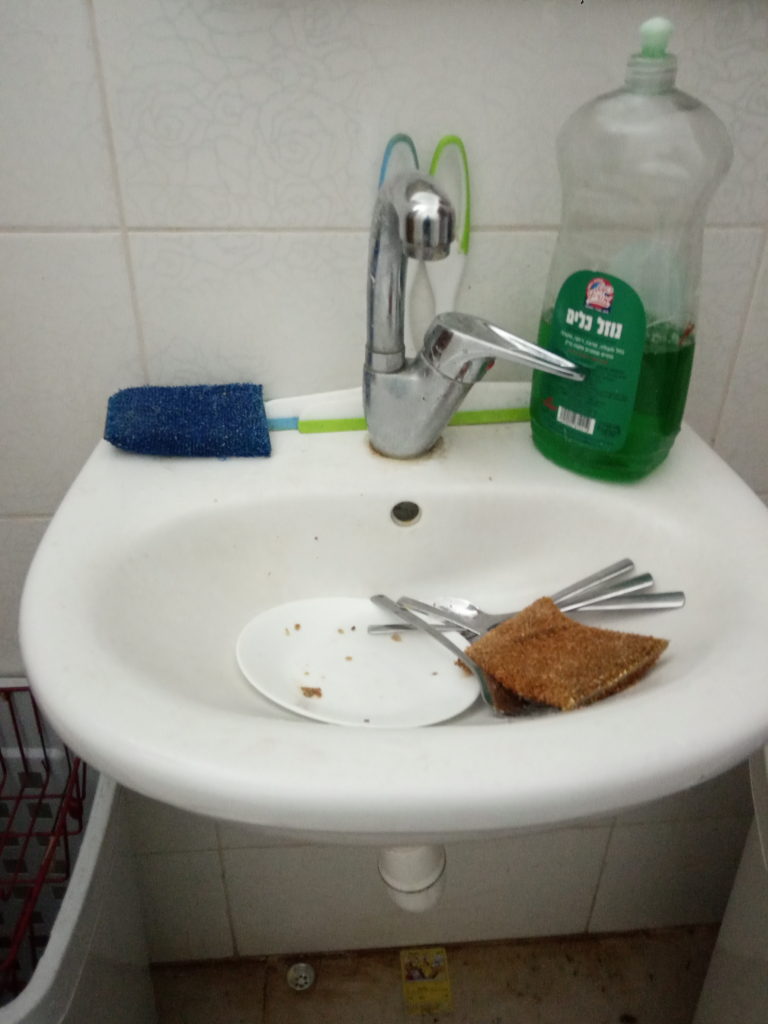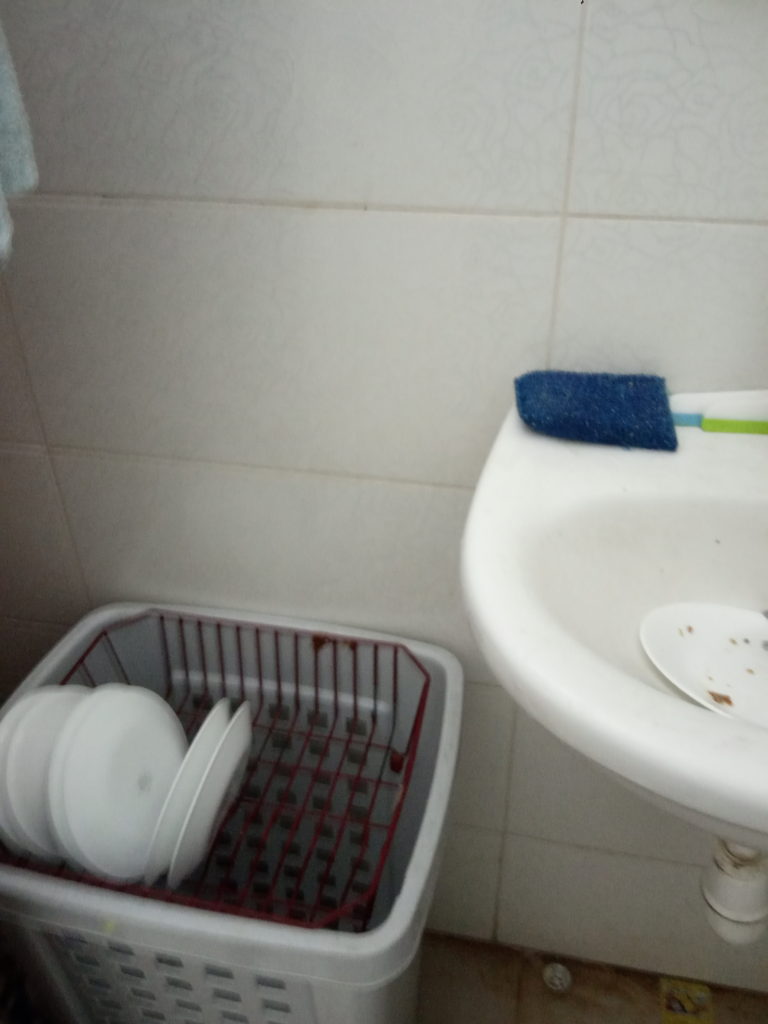>> Aviva, can you maybe do a post about how to shop frugally in Israel? We are a family of 7 and I am finding it very challenging to stick to a grocery budget of less than 4000 nis a month. Would appreciate a post if you’re up for it.<<
I’m happy to share on this topic! While I’ve written loads about frugal shopping in the past, my own strategies are constantly evolving. However, the basic mindset remains the same, and that’s what I’ll start with. I’ll later share more posts on different specifics.
At the foundation of my shopping strategy is this: I don’t shop for specific ingredients, but shop to fill my pantry, and then cook based on what I have. This is a huge, huge difference from the typical shopping most people do, and where I save a lot of money.
When I shop, I’m looking for the sales. When I find a good deal, I buy a lot of that item. For years, people have been looking with curiosity
into my shopping cart (and many times commenting or questioning me about specific items they see), because generally my cart looks different than most people. Instead of a small amount of a lot of different items, I buy a lot of a few items.
I call this buying the loss leaders, the sale items advertised weekly to lure people into the stores. Where I live now, I don’t get any advertising booklets or sales flyers, so I don’t know what I’ll find on sale until I get to the store.
On my most recent trip to the supermarket, I saw they had beef bones for 12.90 a kilo, instead of 29.90. People passing by saw me putting a bunch in my cart and all of them glanced at me and then at the price, and kept going. Only one woman stopped and jokingly asked if I was leaving some for everyone else. (There was a ton, I hardly made a dent in what was available.) I told her I was buying a lot while the price was good, and she told me she was planning to do the same thing, and would come back later in the day when she had a car to transport it. (Not surprisingly, she was a a middle aged Russian woman – the Russians this age know about frugal shopping!)
Beef bones are something I only infrequently used in the past. Now that they’re on sale, it’s not hard to find ways to use them! The last few weeks I made meat soup instead of chicken soup for Shabbos dinner; they are delicious for cholent, and they make amazing, nutritious, rich broth that is a great foundation for any soup or stew. Some of them have more fat, some have more meat – I chose the fattiest ones I could find – and I cut off and rendered down chunks of the excess fat to make tallow.
During that same shopping outing there was also meat on sale for the lowest price I’ve seen in over seven months. Why are these things on sale now? I don’t know. But I did know the price wasn’t going to last long and got two cases. I do the same with chicken – when it’s on sale, I get as much as I can fit into my freezer.
Don’t get caught up in the specifics of my beef bones or meat! You can substitute any other sale item. This is just an example of one strategy that I regularly use that makes a huge difference in how much I spend. When I say that I shop to fill my pantry, I mean that I don’t buy enough for just that one week, but stock up at the sale price.
When I know how long the sales cycle is, I buy enough to last until the next sale. Back in the US, I would buy grape juice twice a year, when it would be half price. When it would go on sale for 2.99 a bottle instead of 5.99, I would buy six months worth each time. There was no point in buying more than that, because I knew there would be another sale – and there was also no point in buying less, running short and having to pay full price.
I recently began shopping with Mishnat Yosef, a group buying organization (the website is set up for member use and only members can see what is available that week, but there’s no cost to becoming a member). Their staple items are less expensive than the supermarket’s regular prices, and they cycle through their staples items regularly. I’m now learning their cycles and buying accordingly.
Six months ago I learned that at the supermarket I shop at, produce was priced half off one day a week to compete with the weekly ‘shuk’. (Now that shmitta began, it’s the same price all week long.) I shifted my shopping day from Wednesday to Tuesday to take advantage of this. You can start to see how if you regularly buy your groceries at a 25 – 50% discount, it will cut your grocery spending!
I guarantee that wherever you live, there are great shopping options! Everywhere that I’ve lived, I’ve found great deals, and routinely, people living other places said that I was lucky to have the prices that I did, that they didn’t have those kind of opportunities. (And people living in the same place as me would wonder why they couldn’t find good deals …) Your sales will be different than mine, but you definitely have good opportunities wherever you are. You just have to look for them, and buy what is inexpensive for you.
Buying the sales goes hand in hand with buying seasonally. I don’t buy produce that is out of season, which is guaranteed to cost much more and not taste as good. Right now avocadoes are an amazing deal (six shekels a kilo), and I’m buying lots of them! I wish I had a way to preserve them for the long term, but I don’t so I’m enjoying them while I have them. I don’t touch them outside of this season. In the same vein, while in the summer we had loads of tomatoes, now I hardly buy them.
This shopping strategy of stocking up on sales gives me a nice selection of items to work with when planning my weekly menus.
Most people who menu plan first make the menu and then shop for the ingredients. That’s a good strategy and definitely much better than randomly buying items without a plan, but I do the opposite. I shop, then make my plan. I make a list of what I have in my pantry, then look for recipes to use what I have. If there was a great deal on sweet potatoes, it will be in my menu. If they’re not on sale, I won’t use them.
Buying the sales means that even when you are eating the same foods as the full price shoppers, you’ve paid much less. Only your timing is different.
Avivah
